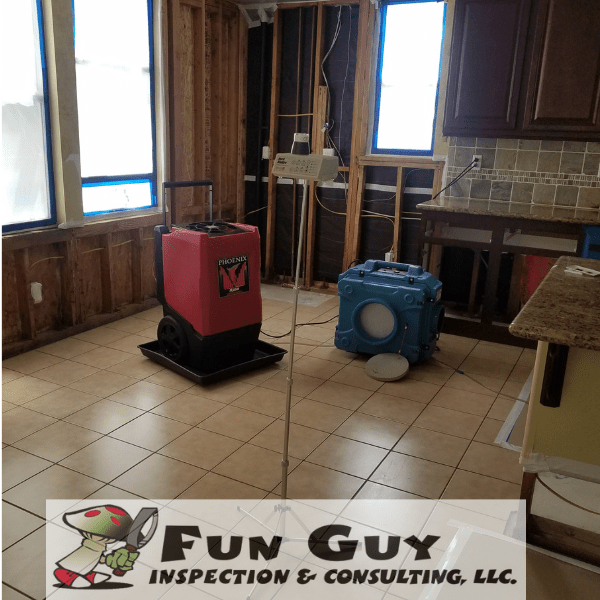With more than a month still to go this winter, many residents of California have relied on their furnace or heat pump to provide warmth at home, school or in the office. Like all mechanical systems in a home or building, a furnace requires preventive maintenance to ensure that it is working properly, efficiently and is providing good indoor air quality (IAQ).
A large percentage of structures in California rely on a central forced-air furnace that is powered by natural gas, fuel oil or electricity to heat air that is then transferred throughout the property through ducts. This type of furnace, if not working properly, could be wasting energy and even threatening the health of building occupants if combustion gases such as carbon monoxide are entering the indoor air. Forced-air furnaces can also cause indoor air quality issues by spreading particulates and even mold or other allergens throughout the property if the system’s air filtration is lacking or if the ductwork has become contaminated over time.

For all these reasons it is a good idea to have the system checked annually by a qualified professional. The following furnace maintenance tips can help provide for optimal operations:
- Before the unit is serviced, it is important that any fuel supply and electricity to the unit is shut off.
- Furnace filters should be regularly changed. Filters may be located at the furnace or in the air supply return in a wall or ceiling. Some furnaces also have a fresh air intake filter.
- The air blower and motor housing should be inspected and cleaned.
- Check units with a combustion chamber for any buildup of soot and carbon that should then be removed.
- Inspect the flue pipe for any holes, blockages and signs of corrosion. This is an important step to ensure deadly carbon monoxide is not a threat to building occupants.
- Furnaces powered by fuel oil should have their oil filter replaced.
- A service technician will often use a combustion analyzer to determine the unit’s efficiency and make any needed adjustments.
- Finally, the ductwork should be inspected for dust, debris, mold and other substances that could reduce the system’s efficiency and impact air quality.
“California residents who suspect their furnace may be causing IAQ issues can turn to the indoor environmental quality professionals at LA Testing,” said Michael Chapman, Laboratory Manager of LA Testing’s Huntington Beach facility. “With multiple laboratories throughout the state, LA Testing offers air analysis for mold and allergens. In addition, we carry a range of field instrumentation and air monitoring tools to identify potential air quality concerns related to particulate matter and combustion gases such as carbon monoxide. Borescopes and other inspection tools can also be instrumental for checking ductwork and other hard to view places for signs of damage or contamination.”
LA Testing has sponsored an educational video about furnace maintenance and IAQ issues that can be seen at: https://youtu.be/j3NKuIkgdMY.
To learn more about indoor air quality, environmental, occupational, health and safety testing services or monitoring instruments, please visit www.LATesting.com , email info@LATesting.com or call (800) 755-1794. For access to indoor environmental test kits, visit www.EMSLTestKits.com .
About LA Testing
LA Testing is California’s leading laboratory for indoor air quality testing of asbestos, mold, lead, VOCs, formaldehyde, soot, char, ash and smoke damage, particulates and other chemicals. In addition, LA Testing offers a full range of air sampling and investigative equipment to professionals and the general public. LA Testing maintains an extensive list of accreditations including: AIHA LAP LLC., AIHA ELLAP, AIHA EMLAP and AIHA IHLAP, CDC ELITE, NVLAP, State of California, State of Hawaii Department of Health and other states. LA Testing, along with the EMSL Analytical, Inc. network, has multiple laboratories throughout California including South Pasadena, Huntington Beach, San Leandro and San Diego.
Article Source: https://www.webwire.com/ViewPressRel.asp?aId=236166
